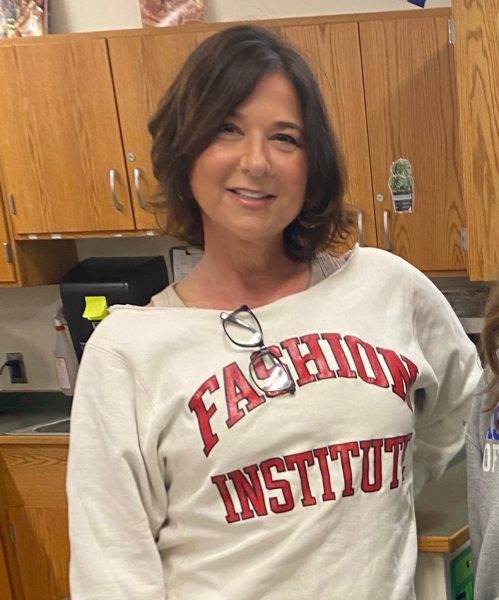The Gift of Gender Stereotyping
A blonde-haired mother is seen picking out a Christmas tree; her husband rolls his eyes as she asks to see a different one. For this woman, nothing seems to go right; she is constantly falling, whether she is being knocked down by a Christmas tree or hit with a snowball thrown by her kids. She is then seen in a frantic rush to make dinner, decorate the house, and shop. After pulling off what seems like the perfect holiday dinner, she hardly even gets to sit at the table. This Asda Christmas ad from 2012 has been scrutinized for its gender stereotypes and use of sexism for years.
Year round, gender stereotyping is evident in nearly every advertisement. These stereotypes, however, heighten around the holidays as a majority of advertisements stick to the outdated, traditional views of the American family. Holiday advertisements typically depict mothers in a fury trying to clean the house, cook for the family, and decorate perfectly. This message sends the wrong ideas to young girls and even women, that they are/will amount to nothing more than life as a cooking and cleaning house wife. Holiday advertisements geared towards men, however, typically show a man buying the perfect gift and managing to save the day and amaze everyone.
“Kids watch about 100 commercials a day. Each commercial is teaching the same lesson. By two or three years old, kids know the difference between a girl’s toy and a boy’s toy… From early on, before they even have words, kids are being taught what is right and wrong in terms of gender identity,” said Guidance Counselor Laurie Mitchell.
Even with young children, sexism in ads is prevalent. A United Kingdom Gap Kids’ advertisement sent out in Aug. 2016 received major scrutiny on social media as it features children’s clothing and refers to the boys as “scholars” and the girls as “social butterflies.” Even at clothing stores, upon arrival, shoppers can see that even clothing, as harmless as Christmas pajamas, is highly gendered. In addition, in the toy aisle, were often stereotypes are overtly evident. In the Toys R Us “Book of Awwwwesome” boys are predominantly seen playing with innovative toys and electronics, while girls were typically seen with dolls and princesses.
“Gender stereotypes are harmful to both genders. It makes women seem as if they cannot amount to much and promotes toxic masculinity for young boys. Something as simple as the toys a girl is playing with versus the toys a boy is playing with can permanently affect children viewing that ad. This is what causes young boys to be turned away from girls’ toys and the same for young girls and boys’ toys. We have to stop teaching gender stereotypes to little kids if we ever want those stereotypes to disappear as they become adults,” said sophomore Jillian Swanson.
In an attempt to combat this issue, in June 2016, some of the world’s largest consumer and advertising companies announced a new initiative to eliminate gender stereotypes from advertisements. This list included the following companies and ad agencies: Johnson & Johnson, Facebook, Google, Twitter, and major ad agencies: Wire and Plastic Products and Interpublic Group of Companies, Inc. In addition, the U.K.’s Advertising Standards Authority (ASA) has vowed to crack down on gender stereotypes in ads and enforce stricter regulations in relation to gender stereotypes, arguing that that they are harmful, to society. With ASA ads promoting gender stereotypes such as women cleaning after a messy family, men failing to do basic household chores, or children barred from an activity because it was “inappropriate” to their gender will be banned. Junior CJ Sollitto agrees that gender stereotypical advertisements are detrimental: “The sexism in these ads is harmful and it should be stopped. If people only ever see people like them in the media in a negative way, they will only ever see themselves in the same negative ways and will then be limited by this in the future.”

I am a member of the Class of 2020. In my free time, I write articles for Horizon. I am the editor-in-chief for the print edition for 2019-2020.

















